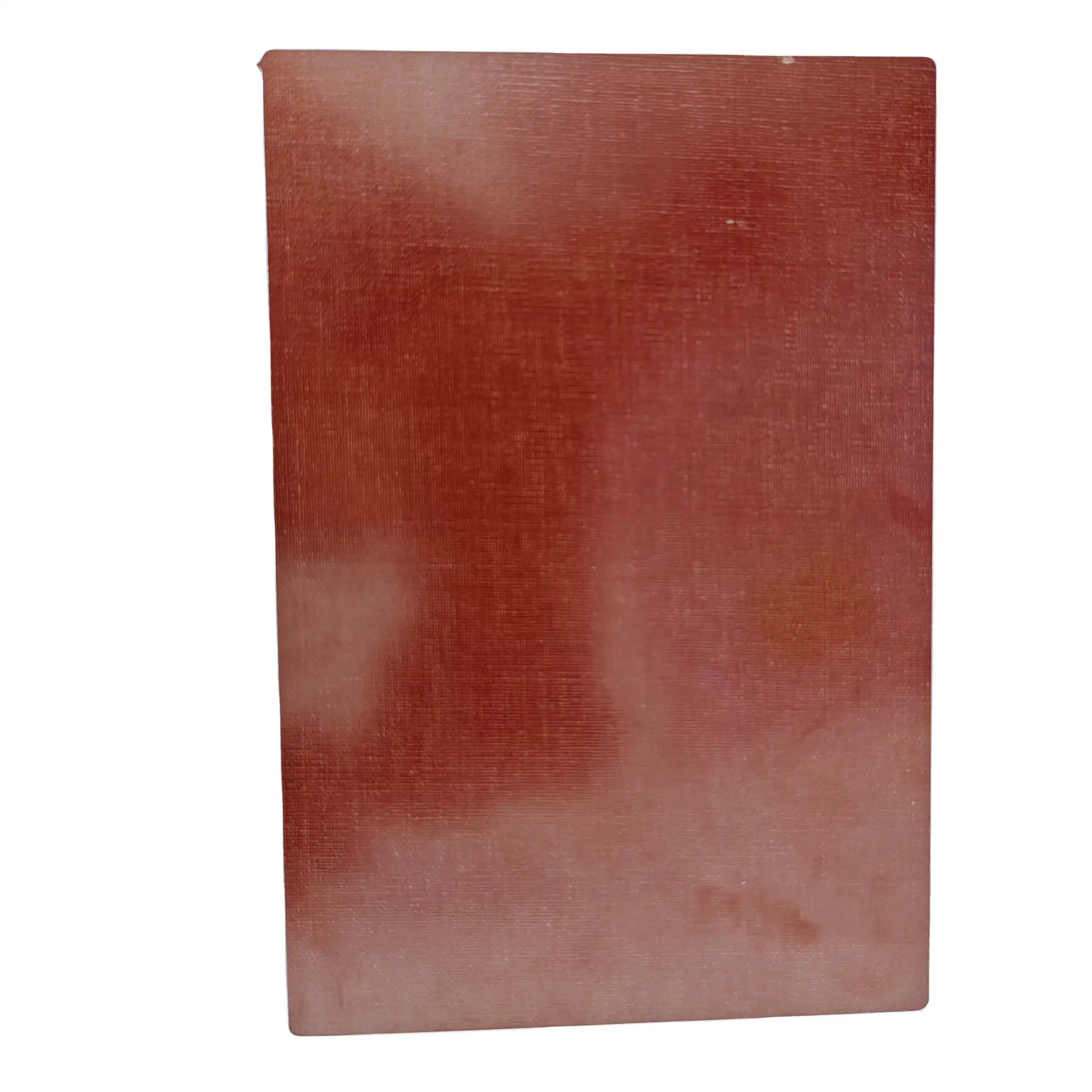Chemical resistance and environmental stability are critical considerations when selecting insulating materials. NEMA CE sheets exhibit strong resistance to a broad spectrum of industrial chemicals, contributing to longevity in harsh operational environments. Bakelite sheets are particularly resistant to acids, oils, and solvents, ensuring reliable performance in chemically aggressive settings. Additionally, both materials’ resistance to moisture, humidity, and ultraviolet (UV) exposure affects long-term performance. Careful evaluation of operating conditions ensures the selected material maintains structural integrity, electrical insulation, and reliability throughout its service life.
NEMA CE Sheet vs Bakelite Sheet: Certification and Use Cases
When it comes to electrical insulation materials, NEMA CE sheets and Bakelite sheets are two popular options that often come up in discussions. Both materials have unique properties and certifications that make them suitable for various applications. NEMA CE sheets, certified by the National Electrical Manufacturers Association, are known for their excellent electrical insulation properties and mechanical strength. On the other hand, Bakelite sheets, the first synthetic plastic, have a long history of use in electrical and mechanical applications due to their heat resistance and durability. This article will delve into the certifications, properties, and use cases of both materials, helping you make an informed decision for your specific needs.

Understanding the Performance Gap Defined by Industry Standards
NEMA Grades and Their Significance
NEMA grades provide a standardized framework for evaluating and classifying the performance of electrical insulating materials. These grades help designers and engineers select materials that meet the specific demands of various applications, including high-voltage, high-temperature, and mechanically demanding environments. NEMA CE sheets, classified under the CE grade, are recognized for their superior electrical insulation, mechanical strength, and thermal stability. This classification ensures that components made from CE-grade sheets consistently meet rigorous industrial performance requirements and maintain reliability in critical electrical systems.
Bakelite's Historical Context and Modern Relevance
Bakelite, although not formally regulated under NEMA standards, possesses a long-standing reputation based on well-established industrial specifications. As the first commercially successful synthetic plastic, Bakelite set the foundation for modern electrical insulation materials. Its unique combination of electrical insulation, thermal resistance, and chemical stability has kept it relevant in contemporary applications. Modern Bakelite sheets continue to serve in switches, sockets, circuit boards, and other electrical components where proven reliability and predictable performance remain essential.
Comparative Analysis of Material Properties
When evaluating NEMA CE sheets versus Bakelite sheets, multiple factors must be considered, including dielectric strength, heat resistance, mechanical properties, and chemical inertness. NEMA CE sheets generally offer higher electrical insulation and superior mechanical strength, making them ideal for high-performance applications. Bakelite, on the other hand, may provide better resistance to extreme heat and chemical exposure. Understanding these differences allows engineers to make informed material choices that optimize performance, safety, and longevity in both industrial and high-voltage electrical systems.
How Do Their Thermal and Mechanical Properties Dictate Applications?
Heat Resistance and Thermal Stability
NEMA CE sheets and Bakelite sheets both demonstrate notable heat resistance, yet their performance varies under extreme conditions. NEMA CE sheets generally retain structural and electrical properties at higher temperatures, making them suitable for high-temperature electrical insulation and critical components in demanding environments. Bakelite sheets, renowned for their exceptional thermal stability, are often selected for applications where sustained exposure to heat occurs, such as switchgear, motor housings, and circuit boards, ensuring consistent performance without warping, softening, or loss of insulating properties.
Mechanical Strength and Durability
The mechanical characteristics of NEMA CE and Bakelite sheets significantly influence their suitability for industrial applications. NEMA CE sheets typically offer higher impact resistance, tensile strength, and rigidity, making them ideal for structural components in electrical systems and equipment requiring dimensional stability. Bakelite sheets, while comparatively less strong, provide excellent wear resistance, durability, and the ability to withstand repeated mechanical stress. These properties make Bakelite suitable for insulating supports, gaskets, and components where both mechanical resilience and electrical insulation are required.
Chemical Resistance and Environmental Factors
Selecting the Right Material for Electrical Insulation vs. Structural Components
Electrical Insulation Requirements
When prioritizing electrical insulation, NEMA CE sheets typically offer superior performance due to their high dielectric strength and excellent voltage breakdown resistance. They are widely used in high-voltage applications such as transformers, switchgear, and circuit breakers, where consistent insulation properties are critical for safety and reliability. While Bakelite sheets also provide good insulation, they are more often selected for lower voltage applications or situations where thermal stability and heat resistance are the primary considerations, rather than extreme electrical performance.
Structural and Mechanical Considerations
For structural components that must combine electrical insulation with mechanical strength, NEMA CE sheets are frequently preferred. Their high impact resistance, flexural strength, and rigidity allow them to serve effectively as load-bearing parts within electrical equipment. Bakelite sheets, although not as mechanically robust, remain useful in applications where moderate strength is sufficient, such as electrical housings, insulating supports, or non-load-bearing components, providing durability while still maintaining reliable insulating properties under normal operating conditions.
Cost-Effectiveness and Manufacturing Processes
Cost and manufacturability are important factors when choosing between NEMA CE and Bakelite sheets. NEMA CE sheets, while typically more expensive, deliver superior dielectric, mechanical, and thermal performance, making them ideal for critical or high-performance components. Bakelite sheets, being more cost-effective, are suitable for large-scale production of simpler parts. Additionally, the manufacturing processes differ: NEMA CE sheets allow for complex shapes and precise machining, whereas Bakelite sheets are easier to mold and fabricate, providing flexibility for certain applications without compromising insulation.
Conclusion
In conclusion, the choice between NEMA CE sheets and Bakelite sheets depends on the specific requirements of your application. NEMA CE sheets excel in electrical insulation and mechanical strength, making them ideal for high-performance electrical components and structural parts. Bakelite sheets, with their heat resistance and cost-effectiveness, remain a popular choice for certain electrical and mechanical applications. By carefully considering the thermal, mechanical, and electrical properties of each material, along with cost and manufacturing factors, you can make an informed decision that best suits your needs.
FAQs
What are the main differences between NEMA CE sheets and Bakelite sheets?
NEMA CE sheets typically offer superior electrical insulation and mechanical strength, while Bakelite sheets are known for their excellent heat resistance and cost-effectiveness.
Which material is better for high-voltage applications?
NEMA CE sheets are generally preferred for high-voltage applications due to their superior dielectric properties and voltage breakdown strength.
Are Bakelite sheets still relevant in modern electrical applications?
Yes, Bakelite sheets are still used in various electrical applications, especially where heat resistance and chemical inertness are important factors.
Choose the Right Insulating Sheet for Your Needs with J&Q
At J&Q, we specialize in manufacturing high-quality insulating sheets, including NEMA CE and Bakelite options. With over 20 years of production experience and 10 years in foreign trade, we provide expert guidance to help you select the perfect material for your application. Our in-house logistics company ensures seamless delivery worldwide. For more information or to discuss your specific needs, contact us at info@jhd-material.com.
References
National Electrical Manufacturers Association. (2021). NEMA LI 1: Industrial Laminated Thermosetting Products.
American Society for Testing and Materials. (2020). ASTM D149: Standard Test Method for Dielectric Breakdown Voltage and Dielectric Strength of Solid Electrical Insulating Materials at Commercial Power Frequencies.
Institute of Electrical and Electronics Engineers. (2019). IEEE 1-2000: IEEE Recommended Practice - General Principles for Temperature Limits in the Rating of Electrical Equipment and for the Evaluation of Electrical Insulation.
Underwriters Laboratories. (2022). UL 94: Standard for Tests for Flammability of Plastic Materials for Parts in Devices and Appliances.
International Electrotechnical Commission. (2021). IEC 60085: Electrical insulation - Thermal evaluation and designation.
Society of Plastics Engineers. (2020). Handbook of Thermoset Plastics (3rd Edition).

Get a complete product list and quotation

J&Q New Composite Materials Company



